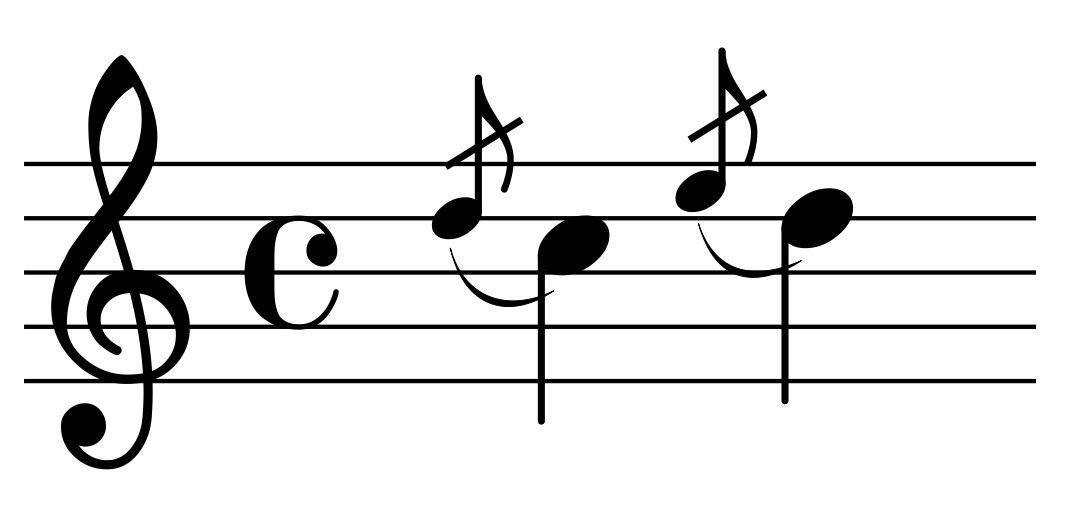Types of ornaments :
a. Trill
b. Mordent
c. Turn
d. Appoggiature
e. Acciaccatura
f. Glissando
Trill : Rapid alternation between an indicated note and the one above, also known as the shake.

Mordent : hought of as a rapid alternation between an indicated note, the note above (called the upper mordent, inverted mordent, or pralltriller) or below (called the lower mordentor mordent), and the indicated note again.

Turn : A short figure consisting of the note above the one indicated, the note itself, the note below the one indicated, and the note itself again.

Appoggiatura : important melodically and often suspends the principal note by taking away the time-value of the appoggiatura prefixed to it.

Acciaccatura : as a shorter, less melodically significant, variant of the long appoggiatura, where the delay of the principal note is scarcely perceptible.

Glissando : s a slide from one note to another, signified by a wavy line connecting the two notes.
No comments:
Post a Comment